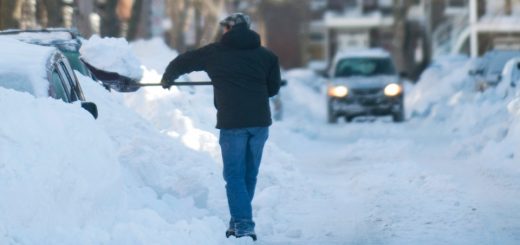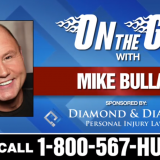Thousands of people throughout Canada enjoy the snow each year on their snowmobiles. Snowmobiles can be a fun and exciting way to enjoy the snow each year. However, snowmobiles can also be deadly. At this time last year, snowmobile accident fatalities in Ontario had increased by 50 percent from the previous year. In addition to the fatalities, thousands of Canadians are injured each year because of accidents involving snowmobiles.
Safety Tips for Snowmobiles
As snowmobiles continue to gain in popularity, the number of accidents could also increase. Therefore, if you are driving or riding a snowmobile, you need to keep the following snowmobile safety tips in mind to reduce your risk for a snowmobile accident:
- Always wear a helmet. Helmets can protect against traumatic brain injury (TBI) and other head injuries. Make sure you always wear a properly fitted helmet. In addition to the helmet, you should also protect your eyes with safety eyewear.
- Dress for the weather. Dress warmly when riding your snowmobile and always wear gloves.
- Inspect the snowmobile. Before every ride, you need to inspect your snowmobile to ensure that all components are in good working order. Make sure that you check the steering mechanism, motor drive belt, emergency switch, lights, battery solution level, brake levers, throttle, fuel level, and spark plugs.
- Do not ride alone! It is safer to ride with at least another snowmobile.
- Never drive impaired! Drugs and alcohol do not mix with snowmobiling. Never drive or ride while under the influence of drugs or alcohol.
- Slow down at night! Reducing speed when riding at night can help you avoid crashes and accidents.
- Consider all conditions before and during a ride. Check the weather and trail condition before riding to determine if it is safe. While riding your snowmobile, you need to keep a close check on the weather and the trail conditions so that you can head back if conditions deteriorate.
- Allow enough room for other riders. Maintain a safe distance between you and other snowmobiles to avoid a collision.
- Always use your headlights. Even when riding during the day, make sure your headlights and taillights are on. Check all lights before each ride to ensure they are working properly.
- Do not pull anyone. It is not safe to pull sleds or skiers behind your snowmobile.
- Stay on marked trails. Staying on marked trails when riding and avoid roads, water, and pedestrians.
- Stay clear of ice and lakes. Never cross open water or try to cross thin ice.
For more information on snowmobile safety and the requirements for snowmobiles in Ontario, visit the snowmobile page on the Ontario Ministry of Transportation’s website.
Liability for Snowmobile Accidents
In many cases, operator error (i.e. speeding, impaired driving, etc.) or operator inexperience causes snowmobile accidents. However, some snowmobile accidents are the result of poorly maintained or unsafe trails. Defective products or drivers of other vehicles cause some accidents.
Accidents involving snowmobiles can cause severe injuries and fatalities. Common injuries include traumatic brain injuries (TBIs), broken bones, paralysis, head injuries, spinal cord injuries, and amputations. Even if you take precautions to avoid accidents, you cannot control every factor that could lead to a snowmobile crash.
If you are injured in an Ontario snowmobile crash, you need an experienced personal injury lawyer to review your case. Your accident could have been caused by another party’s negligence, and that party might be liable for your damages. You could be entitled to receive compensation for your medical expenses, lost income, and other damages.
Call an Experience Ontario Snowmobile Accident Lawyer for Help
Call 1-800-567-HURT or visit our website to speak to someone now for a free case evaluation. The team of lawyers at Diamond and Diamond are dedicated to protecting the legal rights of accident victims throughout Ontario.







